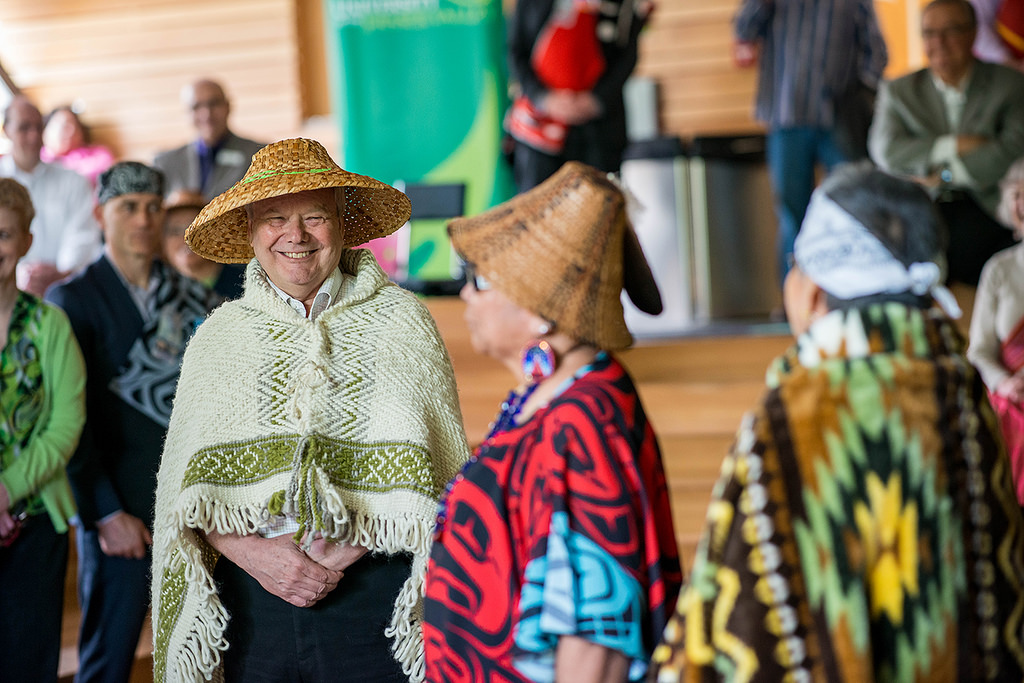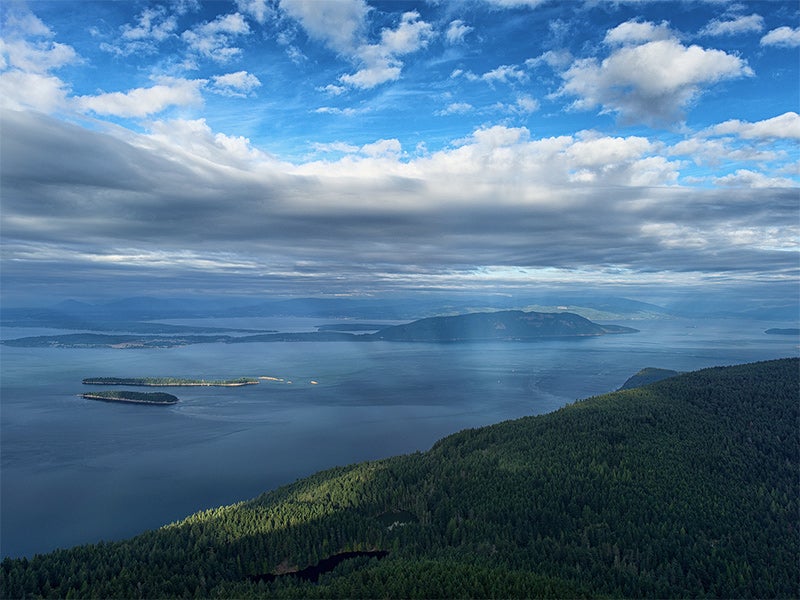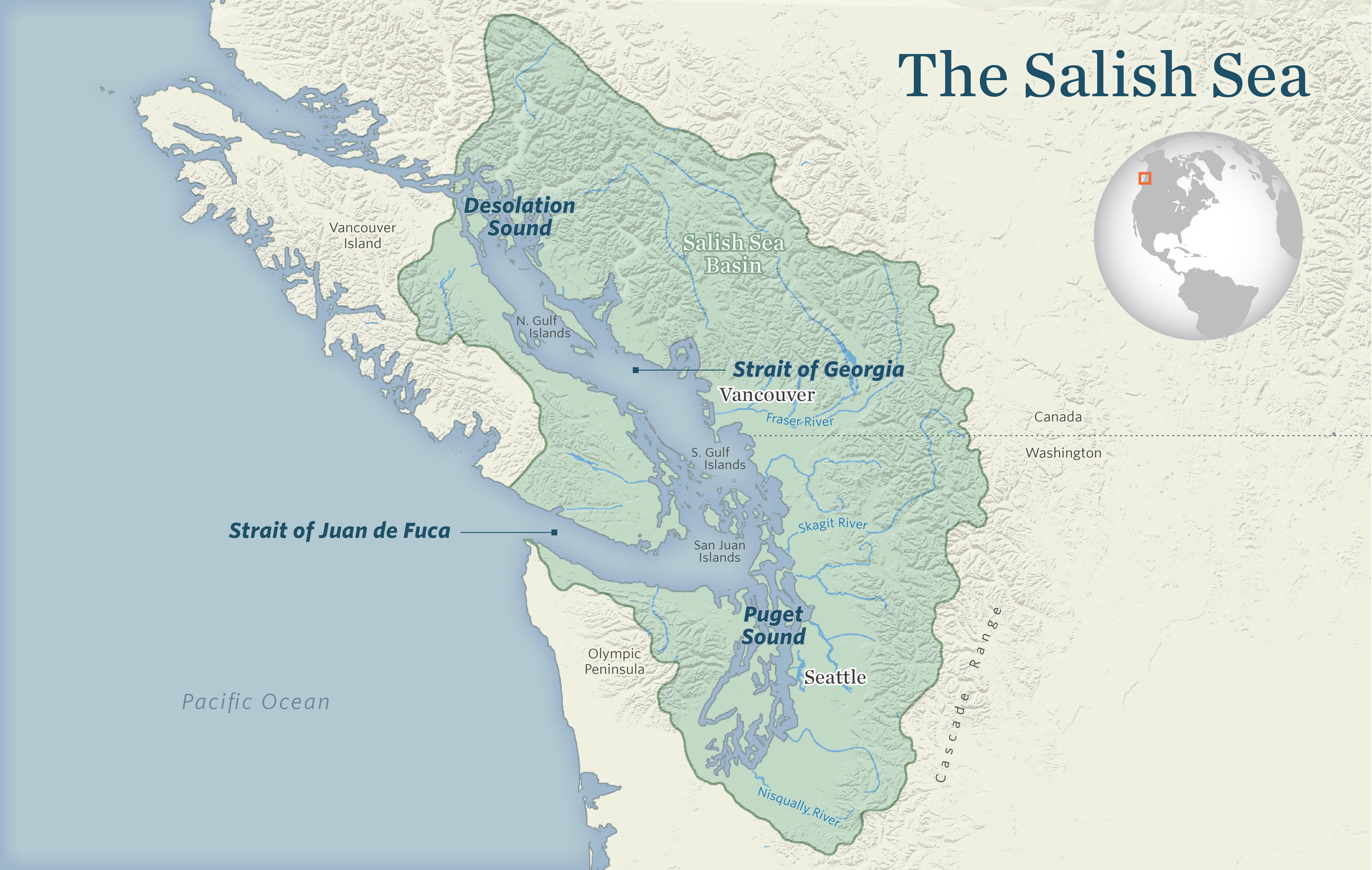
Echoes of Eternity: Journeying Through the Heart of Salish Kootenai Ancestral Lands
Forget your typical vacation; this isn’t just a trip, it’s a pilgrimage into the soul of a landscape where history isn’t just remembered, it breathes. I recently embarked on an immersive journey through the ancestral lands of the Confederated Salish and Kootenai Tribes (CSKT) on the Flathead Reservation in Montana, a place where the very maps of the past come alive underfoot. This isn’t just about tracing lines on old charts; it’s about experiencing the vibrant present built upon millennia of deep connection. For any traveler seeking profound natural beauty intertwined with rich cultural heritage and a story of resilience, this destination is, without exaggeration, essential.
My exploration focused primarily on the heart of the Flathead Reservation, an area that truly embodies the spirit of the Salish, Kootenai, and Pend d’Oreille peoples. From the shimmering expanse of Flathead Lake to the majestic thrust of the Mission Mountains, every vista is imbued with a sense of sacredness and stewardship. What makes this journey so compelling is the opportunity to witness firsthand the successful and ongoing efforts of the CSKT to manage and restore their homelands, offering a model of environmental and cultural preservation.
The Bison Range: A Return to Sovereignty and Spectacle

The undisputed highlight, and perhaps the most powerful example of ancestral maps being redrawn in the present, is the Séliš Ksanka Ql’ispé’ National Bison Range. After over a century under federal management, this iconic wildlife refuge was officially returned to the CSKT in 2021. Stepping onto this land, now managed by its original stewards, is an experience charged with significance.
Driving the scenic loops of the Bison Range is like entering a living diorama of the American West, but with an added layer of profound meaning. The sheer scale of the landscape is breathtaking – rolling grasslands stretching to the horizon, punctuated by dense timbered hills and panoramic views of the Mission Mountains. Within minutes of entering, I encountered the namesake: colossal American Bison, grazing placidly, their immense forms a testament to wild power. Herds of them, sometimes hundreds strong, move with an ancient rhythm, their presence a grounding force. But the Bison Range is more than just bison. I spotted numerous elk, their antlers silhouetted against the sky, white-tailed deer darting through the underbrush, and even a fleeting glimpse of a coyote. Birdwatchers will revel in the diversity, from soaring raptors to waterfowl congregating in seasonal ponds.
What truly elevates the experience here is the narrative. Knowing that this land, and these magnificent creatures, are once again under the care of the CSKT adds a layer of respect and reverence to every sighting. It’s a powerful statement of cultural revitalization and ecological wisdom. The interpretive signs, updated with tribal perspectives, deepen understanding, connecting the wildlife and landscape to the traditional lifeways of the Salish, Kootenai, and Pend d’Oreille. It’s a masterclass in how land management can be both ecologically sound and culturally enriching. Expect to spend at least half a day here, driving slowly, stopping frequently, and soaking in the immense beauty and powerful history. Bring binoculars, a good camera, and an open heart.
Flathead Lake and Wild Horse Island: Azure Depths and Ancient Spirits

Venturing north from the Bison Range, the sapphire expanse of Flathead Lake beckons. The largest freshwater lake west of the Mississippi, Flathead is more than just a recreational hub; it’s a vital artery of the ancestral lands, historically providing sustenance and spiritual connection. The lake’s waters are exceptionally clear, reflecting the surrounding mountains in a mesmerizing dance of light and shadow.
My focus here was a journey to Wild Horse Island State Park. Accessible only by boat, this island is a true gem, preserving a unique ecosystem and the spirit of the wild. I rented a kayak from a local outfitter in Polson, a charming town on the southern shore of the lake, and paddled across the glassy waters. The journey itself was meditative, the rhythmic dip of the paddle and the vastness of the lake instilling a sense of peace.
Upon landing on Wild Horse Island, a short hike revealed the island’s most iconic residents: a small herd of wild horses, believed to be descendants of those brought to the island by the Kootenai people to prevent them from being stolen by other tribes. Spotting these majestic creatures, untamed and free, grazing amongst the Ponderosa pines, was a genuinely magical moment. It’s a tangible link to a past where the land provided sanctuary and livelihood. The island also offers stunning views of the Mission Mountains and opportunities for quiet contemplation. Remember to pack water, snacks, and practice Leave No Trace principles rigorously. This is a place of profound natural and cultural significance, deserving utmost respect.
The Mission Mountains: A Sacred Backdrop

Throughout the entire Flathead Reservation, the Mission Mountains stand as an ever-present, awe-inspiring backdrop. Their jagged, snow-capped peaks (even in summer, patches of snow cling to higher elevations) are not just a geographical feature; they are considered sacred by the Salish, Kootenai, and Pend d’Oreille peoples, a place of vision quests and deep spiritual connection.
While I didn’t embark on any strenuous multi-day treks into the Mission Mountains Wilderness Area (which requires permits and careful planning), even viewing them from a distance is a powerful experience. The sheer scale and rugged beauty are humbling. Driving along Highway 93 or the scenic backroads of the reservation, the mountains constantly frame the landscape, their grandeur a reminder of the enduring power of nature. There are numerous easily accessible pull-offs and viewpoints that offer incredible photographic opportunities and a chance to simply sit and absorb the majesty. For those with more time and experience, guided hikes or backpacking trips can offer even deeper immersion, but always ensure you are respecting tribal regulations and private property.
St. Ignatius Mission: A Complex Tapestry of Faith and Culture
No exploration of the Flathead Reservation would be complete without a visit to the St. Ignatius Mission. While its origins lie in the arrival of Jesuit missionaries in the mid-19th century, its story is inextricably woven into the fabric of the Salish and Kootenai people. The mission church itself is a marvel, especially its interior, adorned with over 50 frescoes and murals painted by Brother Joseph Carignano, a self-taught artist, between 1903 and 1909. These vibrant, detailed artworks depict biblical scenes and saints, a stunning artistic achievement in such a remote location.
However, a visit to St. Ignatius Mission is also an opportunity for reflection on the complex history of missions on Indigenous lands – a story of faith, education, but also of cultural disruption and assimilation. The adjacent museum offers further insights into the lives of the missionaries and the tribal members who lived and learned there. It’s a place that prompts contemplation on cultural exchange, adaptation, and the enduring spirit of the Salish and Kootenai people who navigated these changing times. The grounds are beautifully maintained, offering a peaceful setting for quiet exploration.
Cultural Immersion: The People’s Center and Local Flavors

To truly understand the "ancestral lands maps," one must understand the people who drew them, lived on them, and continue to thrive there. A visit to The People’s Center in Pablo is absolutely essential. This cultural center and museum, owned and operated by the CSKT, provides an invaluable window into the rich history, traditions, and contemporary life of the Salish, Kootenai, and Pend d’Oreille tribes.
The exhibits here are thoughtfully curated, showcasing artifacts, traditional regalia, historical photographs, and compelling narratives that share the tribes’ perspectives on their history, treaties, and ongoing cultural revitalization efforts. From the intricate beadwork to the stories of their languages and ceremonies, The People’s Center offers a profound educational experience. I spent hours here, absorbing the wealth of information, which beautifully contextualized everything I had seen out on the land. It’s a place of learning, celebration, and immense pride.
Beyond the major sites, simply driving through the towns of Polson, Ronan, and St. Ignatius, and stopping at local businesses, offers a taste of contemporary life on the reservation. Seek out local eateries that might offer traditional foods or ingredients, and browse artisan shops for unique, authentic crafts. Supporting these local businesses directly contributes to the economic well-being of the tribal community, a crucial aspect of responsible tourism.
Responsible Travel and Respectful Engagement
Crucially, when traveling through the Flathead Reservation, it is paramount to practice responsible and respectful tourism. This is sovereign land, and visitors are guests.
- Respect Sovereignty: Understand that you are on tribal lands with their own laws and governance.
- Leave No Trace: Pack out everything you pack in. Stay on marked trails. Do not disturb wildlife or natural features.
- Cultural Sensitivity: Be mindful and respectful. If visiting cultural events, observe local customs. Always ask permission before taking photographs of individuals.
- Support Local: Prioritize tribal-owned businesses, restaurants, and attractions. Your dollars directly benefit the community.
- Learn and Listen: Take the time to learn about the history, culture, and contemporary issues facing the CSKT. The People’s Center is your best starting point.
Conclusion: A Journey That Stays With You
My journey through the ancestral lands of the Confederated Salish and Kootenai Tribes was far more than a scenic drive or a wildlife viewing excursion. It was an deeply enriching experience that connected me to a landscape steeped in history, managed with profound wisdom, and imbued with an unwavering spirit of resilience. From the powerful return of the Bison Range to the quiet majesty of Flathead Lake and the enduring presence of the Mission Mountains, this region offers a travel experience that transcends the ordinary.
It’s a chance to witness the "ancestral lands maps" not as faded historical documents, but as living blueprints for a vibrant future. It’s an invitation to learn, to reflect, and to celebrate the ongoing story of a people deeply connected to their homeland. If you seek a journey that will challenge your perspectives, inspire your spirit, and leave an indelible mark on your understanding of both nature and culture, then pack your bags and set your compass for the heart of the Flathead Reservation. This is a place that will stay with you long after you’ve departed.

